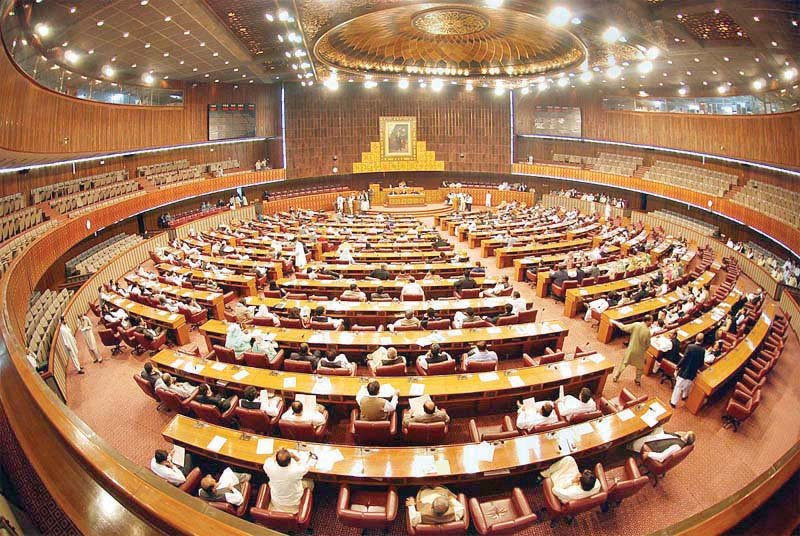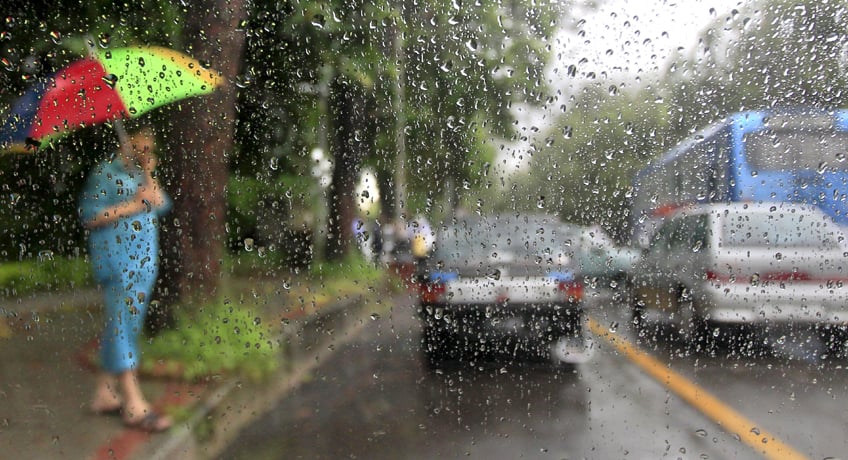
The national assembly and four provincial houses that form an intricate web of the political landscape, are a complex mosaic where power is distributed through a mix of direct elections, reserved seats for women, and representation for minorities.
The National Assembly that stands as the epicentre of power comprises 336 seats – 266 general seats, 60 reserved for women and 10 reserved for minorities. Here, the magic number to form the government is 169 – a simple majority that can elect the prime minister, speaker and deputy speaker.
Punjab, the most populous province, holds a pivotal position with 141 seats in the National Assembly. However, 45 seats from Sindh, 61 from Balochistan, and three from the federal capital are to be directly elected through general elections.
Besides political parties have 32 women seats from Punjab, 10 from Sindh, 14 from Khyber-Pakhtunkhwa (K-P), and 4 from Balochistan. Parties are allotted one woman seat on a ratio of 4.43 directly elected lawmakers. The ratio for minorities seat is 27 elected representatives.Provincial puzzleDelving into the provincial assemblies, the Punjab Assembly boasts a total of 371 seats, with 297 general seats, 66 reserved for women, and 8 for minorities. The key to forming the government in Punjab lies in securing 186 seats.
Sindh, with 168 seats in its assembly, requires a political party to secure 85 seats to be in a position to form the government. The assembly comprises 130 general seats, 29 reserved for women, and 9 for minorities.
The K-P Assembly, with 145 seats, sets the bar at 73 seats for a party to elect its own chief minister and for the government. The assembly consists of 115 general seats, 26 for women, and 4 minority seats. Balochistan comprises 51 general seats, 11 reserved for women, and 3 for minorities.
In Punjab, four general seats will allow one reserved seat for women and 37 general seats would allocate one minority seat. In the Sindh Assembly, the ratio is 4.48 general seats for one woman seat and 14.44 for one minority seat.
In the K-P Assembly, 4.42 seats will earn one reserved seat for woman and 29 general seats for one minority seat. On an average 4.63 lawmakers of any political party in the Balochistan Assembly would earn seat for woman and 17 general seats would get one minority seat.
The reserved seats for women and minorities play a crucial role in promoting inclusivity. These reserved seats aim to ensure a diverse representation in the political landscape. The intricate balance of direct elections and the reserved seats will ultimately decide the future course of Pakistan’s political trajectory.























COMMENTS
Comments are moderated and generally will be posted if they are on-topic and not abusive.
For more information, please see our Comments FAQ